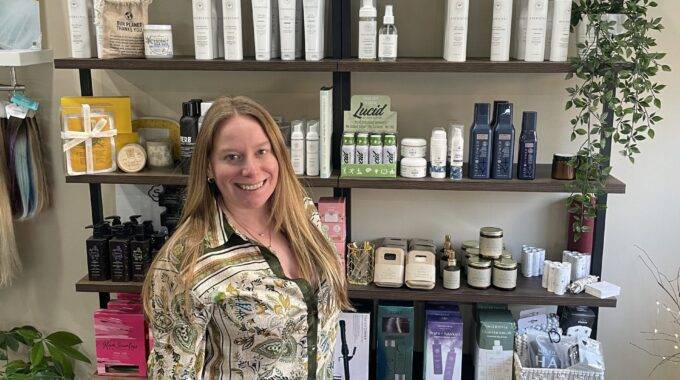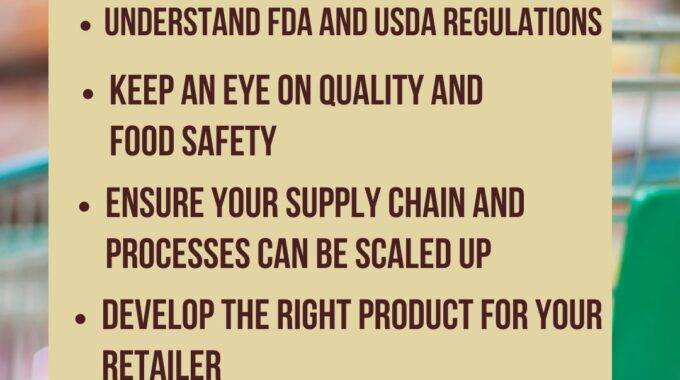The First 60 Seconds: How to Grab and Hold a Buyer’s Attention During a Pitch
Iconic music begins with an opening that you can’t forget. The lyrics are emotional, engaging, and personal. It pulls the listener in, inviting them to go on a journey hand in hand with the artist. Similarly, from a young age, we learn that the opening sentence of a story or play is the “hook” that reels the audience in and invites them to the table.
Like a song, the first line of a presentation paints a picture; it sets the atmosphere and allows you the confidence to continue. The first minute creates momentum for the rest of your story. Consider your last discussion, did the opening permit you to move forward, or did you lose the audience immediately?
Researchers believe that first impressions are created in under three seconds.1 Three Seconds: The First Impression – Books To Courses https://www.bookstocourses.com/tools/oc/…/Three_Seconds__The_First_Impression In the blink of an eye, people assess your competence, aggressiveness, intelligence, and trustworthiness. As you finish your first line, you’ve already been sized up and judged by audience members. Observers automatically and unconsciously conduct a mental shortcut, assessing whether they like or dislike, trust, or mistrust.
Daniel Kahneman, psychologist, Nobel laureate, and author of Thinking, Fast And Slow, has …

